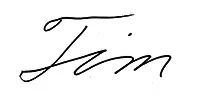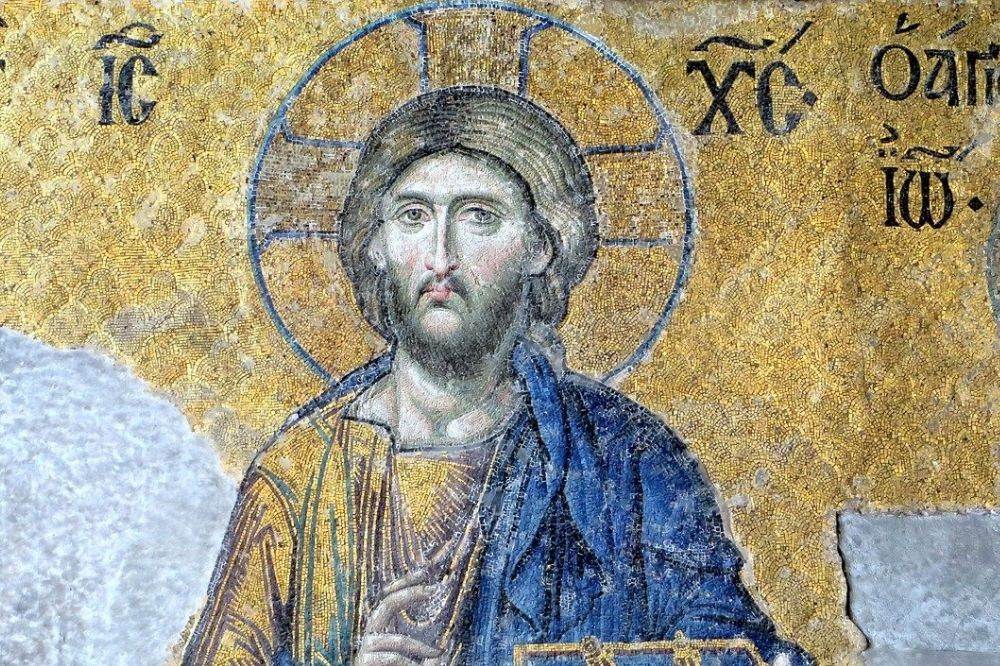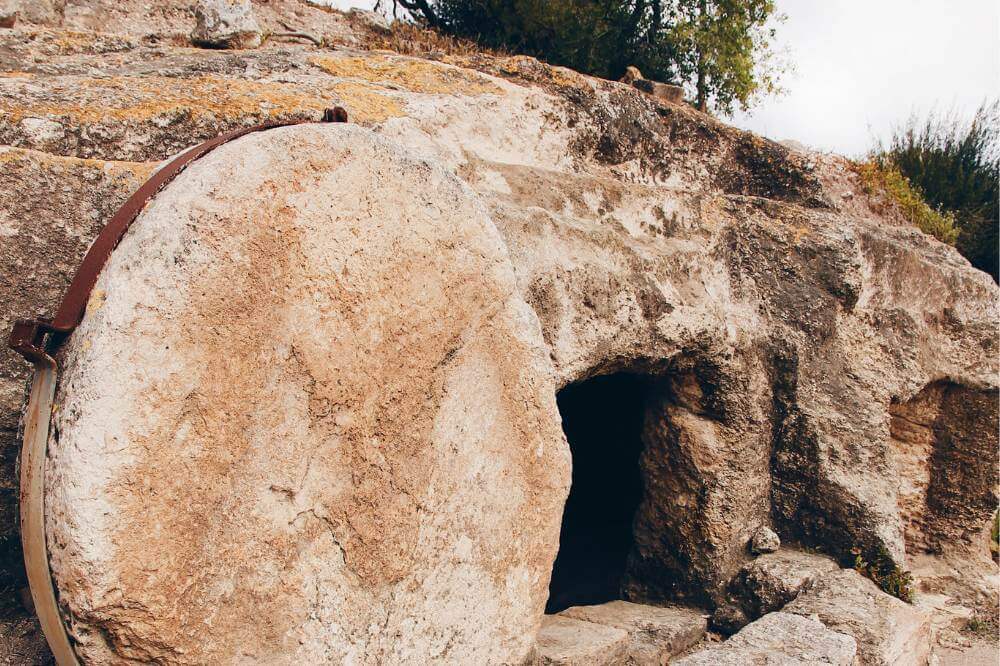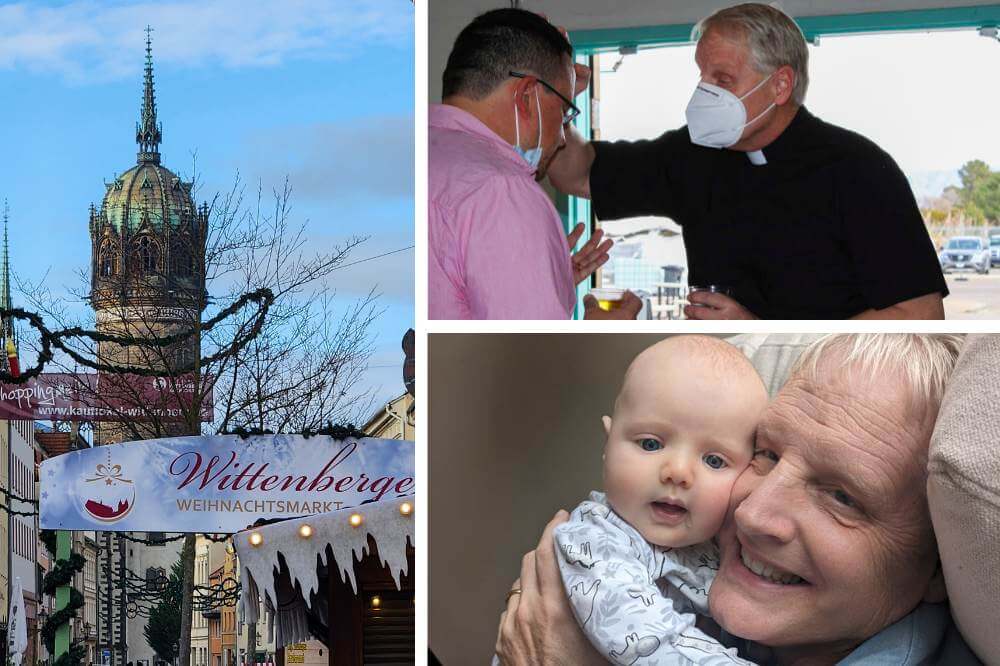IMAGE CREDIT: Christ icon, Hagia Sophia, Istanbul; image by Günther Simmermacher from Pixabay.
The Bible lifts up competing narratives as a foundational human dilemma. While all of creation God proclaims, “very good,” God also warns the first humans that even in paradise there are boundaries, that enhance the greatest gifts of all—relationship with God and with one another. The tree of which they are instructed not to eat is the Tree of all knowledge of good and evil.
Then comes the first competing narrative. The serpent beguiles them. “Did God tell you that you would die if you eat that fruit? Silly old God! No, the TRUTH is that God knows that if you eat of it you’ll know everything! You’ll be like God! Equal in power. Totally in control of your own destiny without even needing a God who wants to squelch your rights and power to choose!” (Genesis 3, my paraphrase)
And you thought our generation invented alternative facts, competing narratives, and conspiracy theories! No, the pursuit of, claim to, assault on truth and the struggle to control the narrative defining reality are ancient. Not bearing false witness makes the Top Ten biblical list of necessary boundaries for faithfully living into the gift of community. Luther founded his stance of Reformation over against the traditions of the religious establishment as fundamentally a referendum on biblical truth that had been subjugated to human power and institutional preservation and control. His favorite Gospel was John.
All of the synoptic gospels, of course, recount the competing narratives of Jesus and Peter. Jesus shares that to be Messiah means to suffer. Peter is having none of it. Jesus calls him “Satan,” pointing out that Peter is setting his mind “not on divine things but on human things.” John’s Gospel, a generation later than the synoptics and written to a Greek world of emerging Gnosticism, is a study in competing narratives. Good vs. bad. Light vs. dark. Temporal vs. eternal. Righteousness vs. evil. And yes, truth vs. lie.
The Gospels, many note, are Passion (suffering) narratives with extended introductions. As we enter yet another pandemic season of Lent, we focus again on the theology of the cross central to our Lutheran faith. Sin (curved in on self, as if I am center of the universe—a lie) urges us on to one-up rather than love our neighbor. Sin centers the narrative in what is alluring for me or my group—the beguiling lie. Sin labels me “us” and you “them,” to be despised, blamed, used, eliminated—a lie! First John reminds us in our liturgical confession that “If we say we have no sin, we deceive ourselves, and the truth is not in us.”
From John 18:37: “Then You are a king!” Pilate said. “You say that I am a king,” Jesus answered. “For this reason I was born and have come into the world, to testify to the truth. Everyone who belongs to the truth listens to My voice.” 38 “What is truth?” Pilate asked. John 8, of course, gives us the promise we hear each Reformation Sunday that “You shall know the truth, and the truth shall make you free.” Even the classic prologue of John (1:14) asserts that “the Word became flesh and dwelt among us…full of grace and truth.” Truth matters. Immensely. Foundationally. And it isn’t a concept for us. It’s a PERSON. (John 14:6) “I am the way, the truth, and the life.” So, when Pilate asks the question in Chapter 18, believers already know the answer. “What is truth?” “You’re looking at him,” Jesus replies (again, my paraphrase).
Our truth, our foundation, our conviction, cannot be a political party or politician or news network or pastor or bishop or pop theology or sound byte. Our truth is the person of Jesus Christ, and everything—EVERYTHING—we proclaim and to which we aspire and for which we live and even might be called and willing to die are that truth. Jesus, the way, the truth, and the life. Knowing that, Paul writes to the Philippians (3:10) “I want to know Christ…” A great Lenten discipline. Less CNN and Fox. More Scripture, prayer, worship, study, and serving the least of these where, says Matthew 25, we meet Christ.
As the old spiritual urges us, “You can have all the rest. Give me Jesus.” This truth alone, which informs our daily interactions and choices with family and friends, our politics, our stewardship, our spiritual practices, is the truth which alone sets us free. That relationship nurturing and “so what?” discerning is lifelong work. And part of that truth of which I’m increasingly aware and to which I’m committed is that none of us will live truthfully, none of us will be free, until we all do and are—together. The subjective “my truth” rampantly popular even in the church these days can only be helpful to the point that realizes “my truth” will only bump up against “your truth” unless somehow we both commit to a more objective “our truth,” a universal truth. Short of that, January 6, 2021, September 11, 2001, etc. will define us.
We live for a truth far beyond your and my and our subjectivity. Jesus, the Christ. To embrace his way begins just like Lent does—in wilderness temptation—and baptism does—with renunciations, the necessary “no” that free us to embrace a greater “yes” of belovedness in Christ. I invite you this Lent with me and with Peter and Pilate into a reboot entirely, to the core. To consider, “What is truth?” Who am I? Who tells me who I am and should be, and why? Are they manipulating me for their purposes, or do they truly have my wellbeing and the wellbeing of all in mind? And finally, insofar as I am able, to whom shall I listen and follow? That will effectively be my truth, my God. I invite you to follow one who knows you entirely, warts and all, yet loves you, forgives you, holds you, gifts you, calls you and all into that gracious embrace. If you know a more truthful and yet more hopeful narrative, I want to hear it.
Walking with you,





